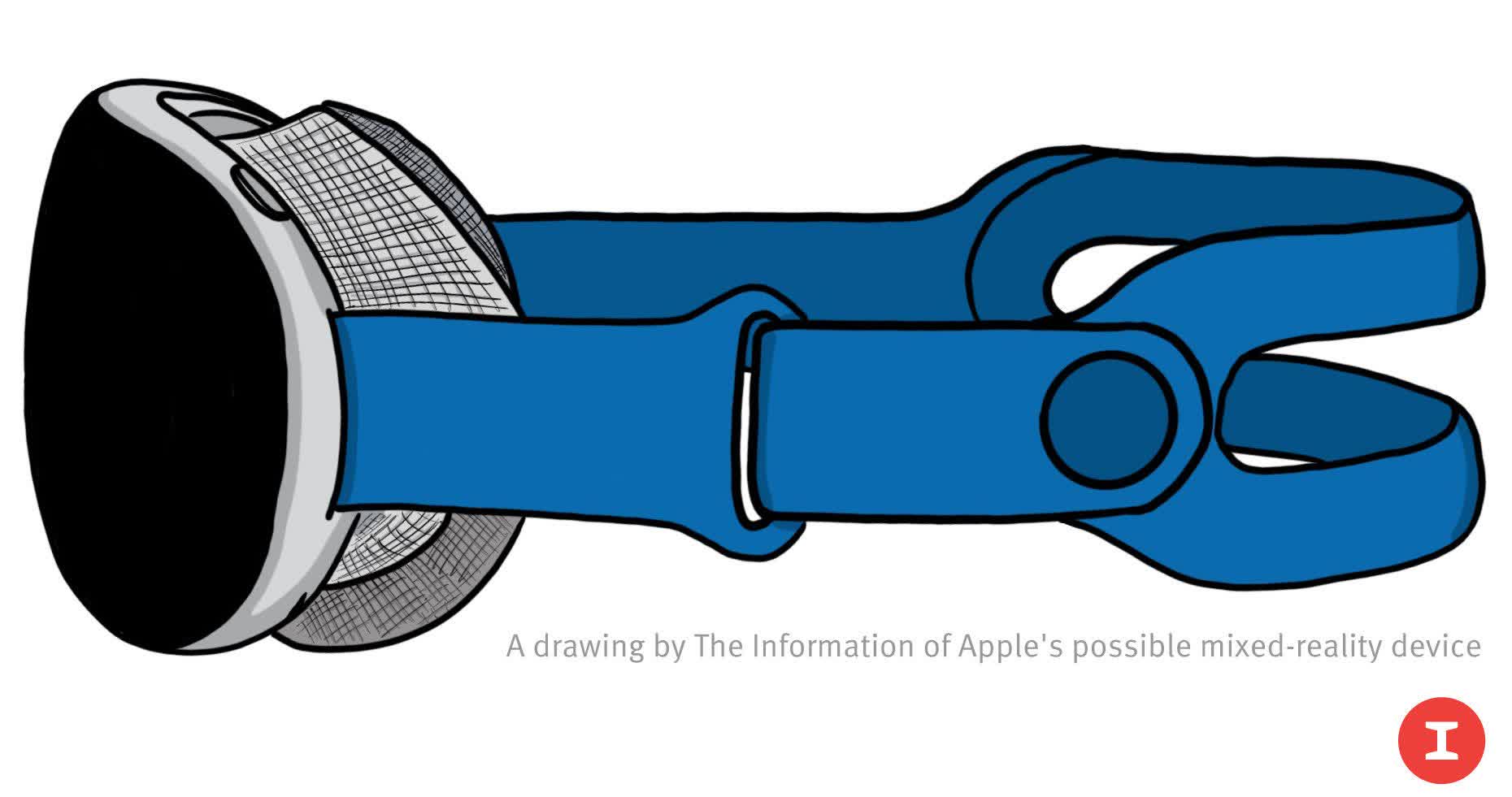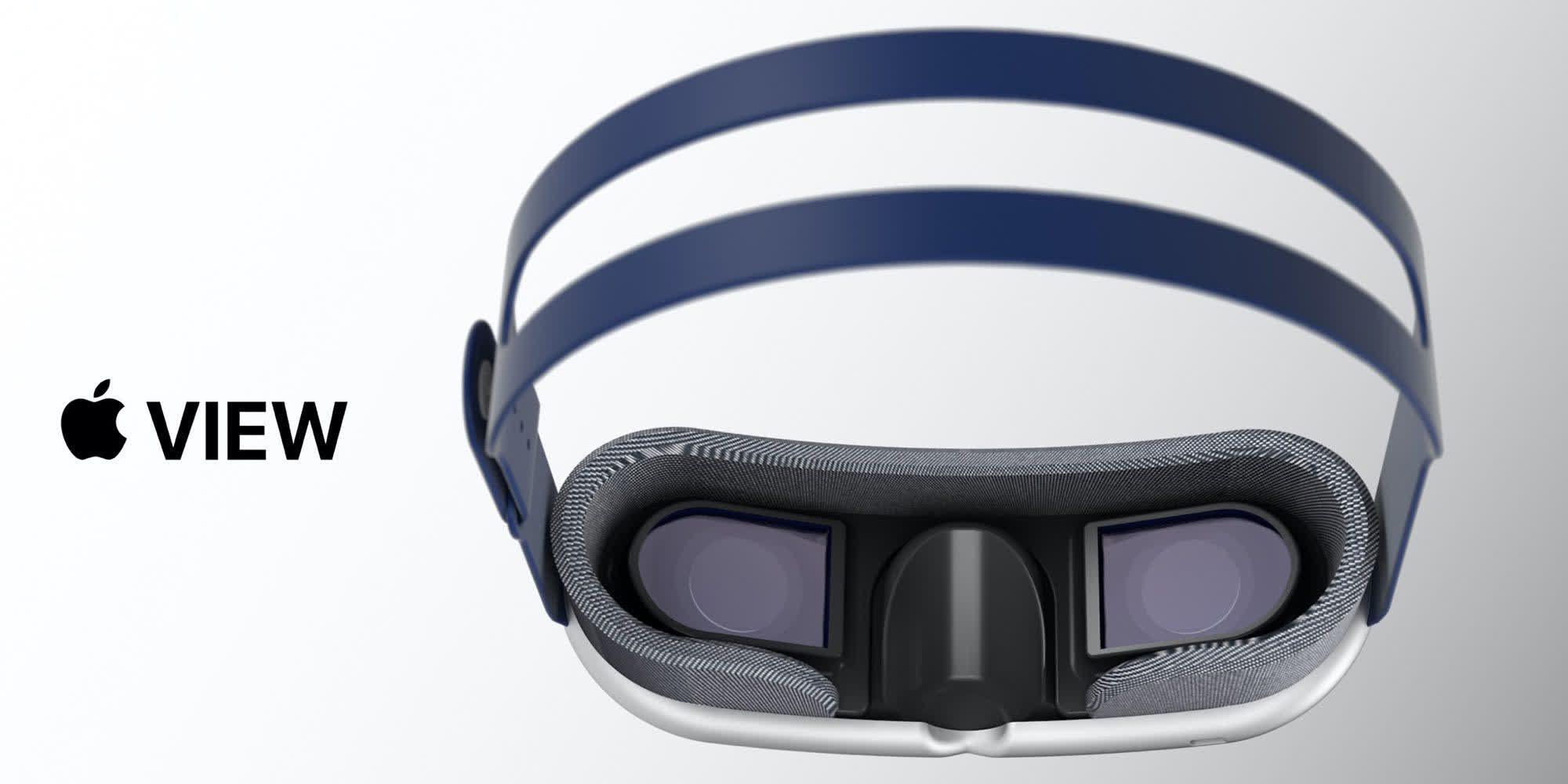Rumor mill: Apple's much-awaited mixed reality headset is still at least one year away, but more details have surfaced about the mysterious device. The company will reportedly use custom silicon to make a standalone headset instead of a tethered one, and this could pave the way for the creation of a separate apps and services ecosystem in the future.
Apple's augmented reality headset is widely expected to break cover sometime in 2022, although industry watchers aren't on the same page when it comes to the launch window and the price tag, which could be in the same ballpark as devices like the Magic Leap One and the Microsoft HoloLens 2.
The hardware that will power the new device is also a mystery, with most reports suggesting the Cupertino giant had to create several pieces of custom silicon to ensure the headset will also be able to operate independently from a Mac or iPhone at least some of the time. Some of these rumors have now been confirmed by renowned analyst Ming-Chi Kuo, who believes the device will most likely be slated for a late 2022 launch.

Kuo says the device will be powered by a chipset similar to the M1 SoC that Apple integrated into the MacBook Air, MacBook Pro 13, Mac mini, and the iMac. This will be accompanied by a lower-end chipset that will handle all the sensor data from the device. Together, these chipsets will supposedly enable the device to operate untethered, whereas earlier reports disagreed on whether it would be able to do so.
The headset will also support virtual reality experiences, and to that end, it will be equipped with two 4K Micro OLED displays manufactured by Sony. The AR experiences will be enabled by 6 to 8 optical modules, up from 3 that are necessary on an iPhone 13. As for connectivity, Kuo says Apple will integrate Wi-Fi 6E technology into the headset to ensure high bandwidth and low interference with other devices.
Some speculate Apple CEO Tim Cook wants to oversee the launch of one major new product category before he retires from the current role, and a mixed reality headset could be it. Kuo says Apple may be looking to gradually replace the iPhone with augmented reality headsets and glasses over the next ten years. If it does, it could end up selling as many as one billion units over the next decade.
